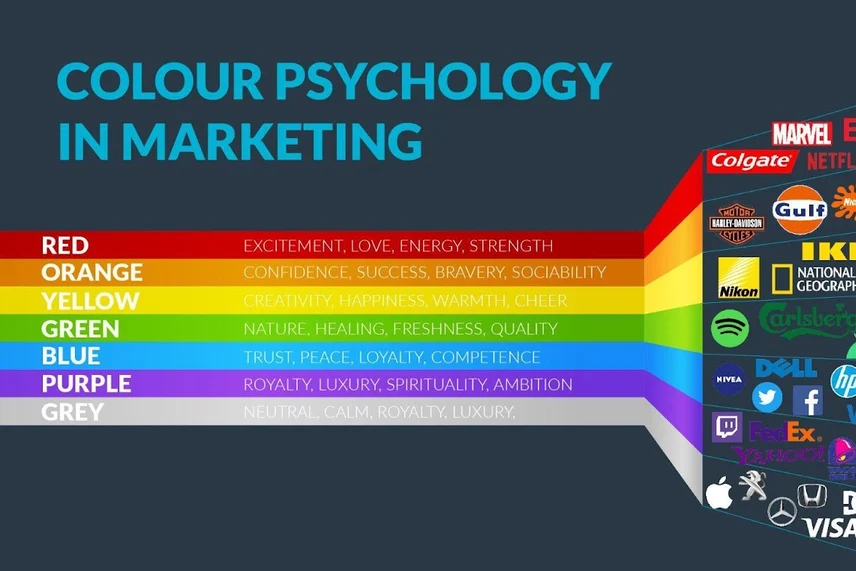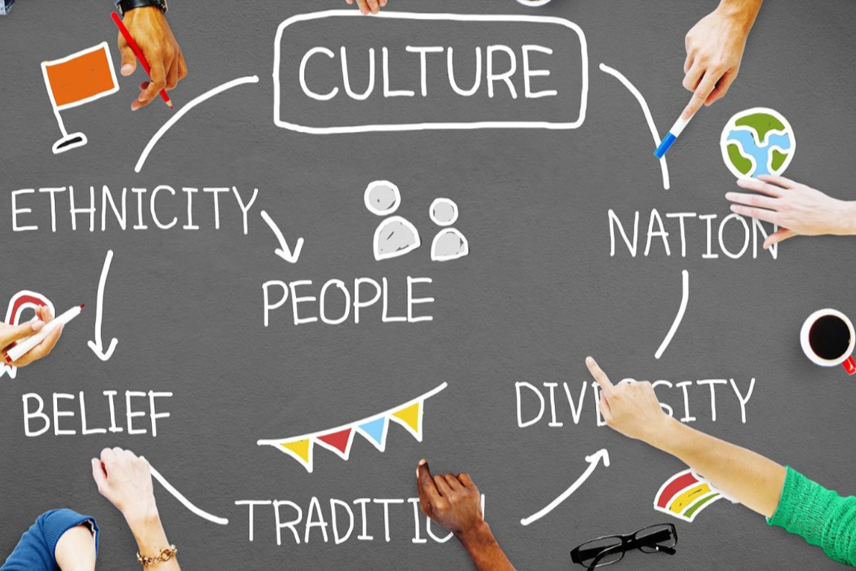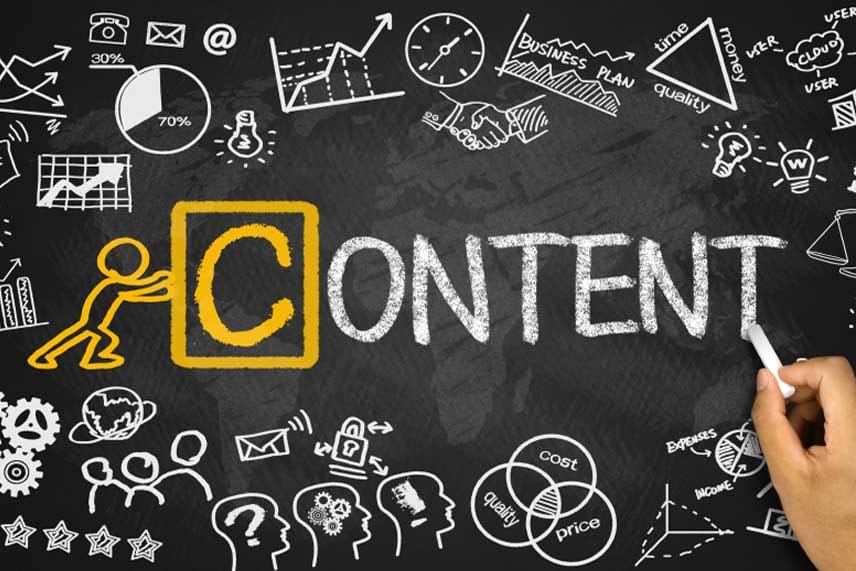- Address : P9FG+V4R, Shimutala, Matigara, Baniakhari
- /
- Email : splogos2022@gmail.com
- Home
- -Blogs Details
Blogs Details

- Sep 10,2023
- Admin
The importance of color psychology in marketing
Color psychology plays a powerful role in marketing because colors influence how people perceive a brand, feel about a product, and make purchasing decisions—often on a subconscious level. Different colors evoke different emotions and associations, which can significantly affect consumer behavior. For example, blue often conveys trust and professionalism, making it popular among banks and tech companies, while red creates a sense of urgency and excitement, often used in sales and clearance promotions.
Choosing the right colors helps reinforce brand identity and improve recognition. Consistent color use across logos, websites, packaging, and advertisements builds visual cohesion and strengthens brand recall. Warm colors like red, orange, and yellow can grab attention and stimulate appetite or energy, while cooler tones like green and blue promote calmness, health, and stability. Cultural and demographic factors also play a role, as color meanings can vary depending on the audience.
Marketers use color psychology not only in branding but also in web design, call-to-action buttons, and product packaging to guide user behavior and create emotional connections. When used strategically, color becomes a silent but powerful tool in shaping perception, influencing emotions, and ultimately driving consumer decisions.




